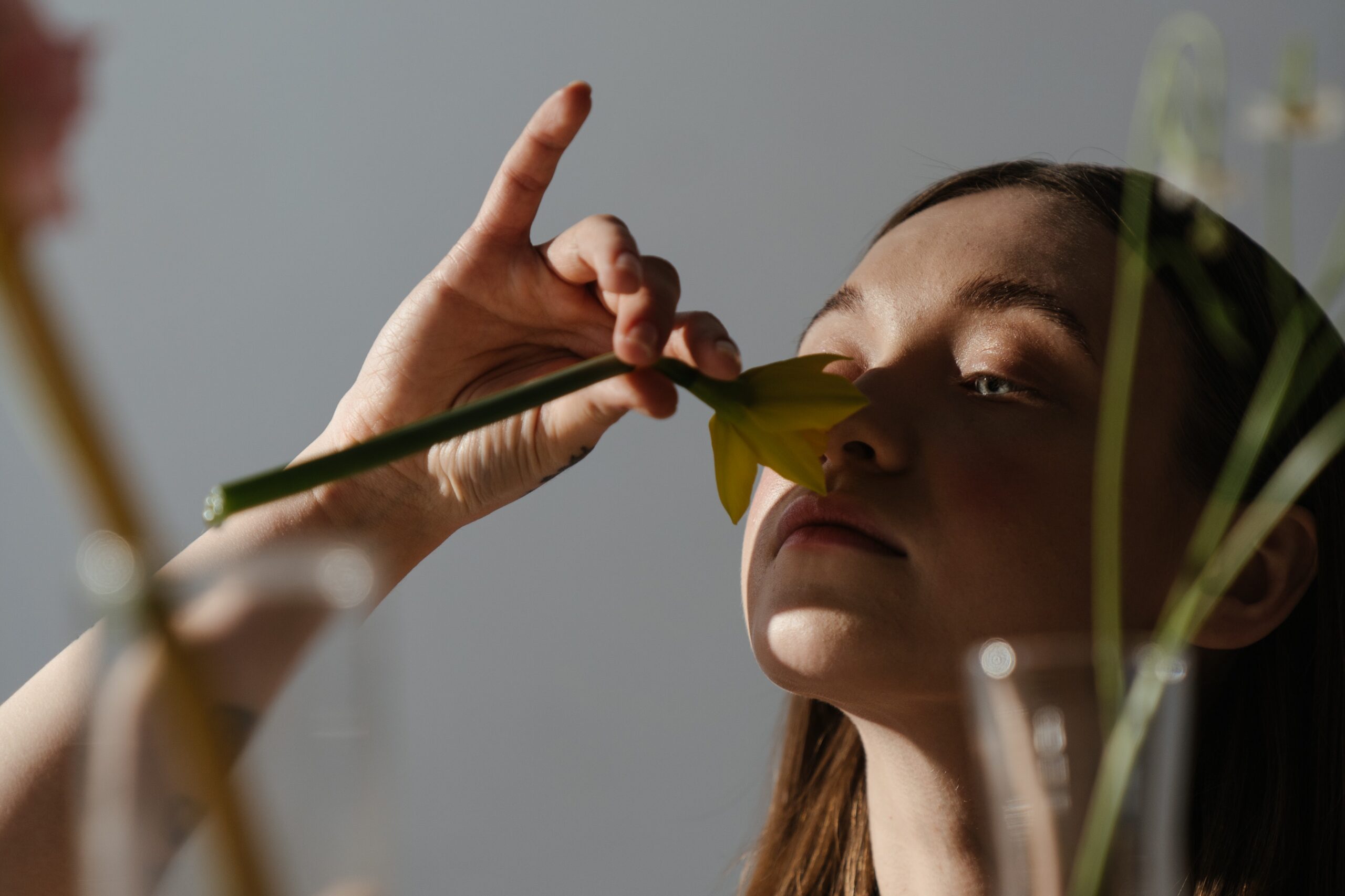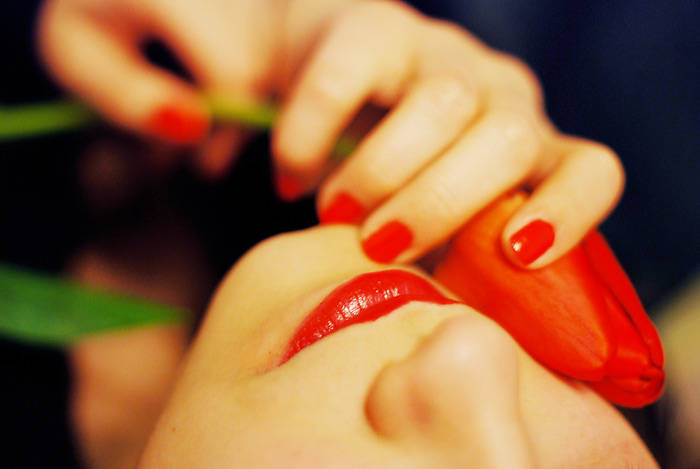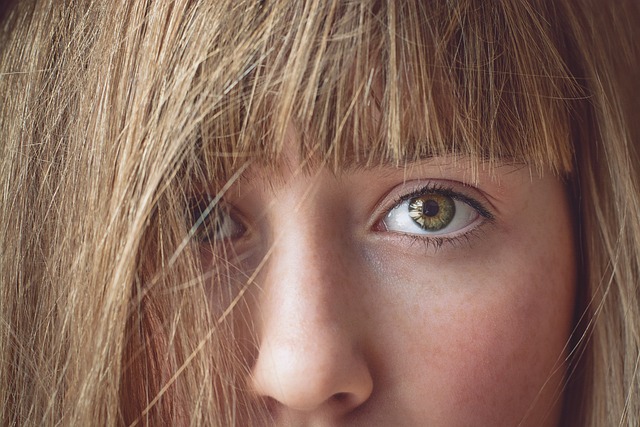In pursuit of beauty, many are ready to go under the knife of a plastic surgeon. Rhinoplasty is the most common surgery in this area. But not many are ready for the consequences, and even more so think about rehabilitation. Rhinoplasty as a procedure is quite simple if it is performed by a qualified specialist. But this is only part of the overall process aimed at changing the appearance. Consolidation of “success” depends largely on the patient. Improperly spent recovery time leads to complications.
Complications after rhinoplasty
According to statistics, the correction of the nose is no longer related to complex operations. The mechanisms of the procedure worked out to the smallest detail, a huge number of positive results. But the risk of postoperative complications in some cases still remains. Among them:
- Lethal outcome: This factor occupies the smallest niche, as the risk of dying during surgery or after it is negligible. This usually happens because of anaphylactic shock (about 0.01% of the total number of cases with complications, and it is death from anaphylaxis occurs only 10% of the above number).
- Vascular mesh: It is rather a visual defect that does not pose a particular danger to the patient.
- Changing the shape of the nose in the negative direction-excessively upturned tip, saddle-shaped, beak-shaped.
- The change of joints their divergence, the formation of coarse adhesions and scarring.
- Formation of callus after rhinoplasty.
- Increase skin pigmentation.
- Allergic reaction.
- Infection of the wound.
- Violation of breathing, smell.
- Perforation.
- Osteotomy.
- Tissue necrosis.
- Hematomas and swelling.
- Atrophy of the nasal cartilage.
- Toxic shock.
Some of the above complications may be caused by the improper technique of the procedure, some of the complications are caused by the characteristics of the body, its reaction to external intervention. But many of the above factors may occur when the rehabilitation after rhinoplasty took place incorrectly.
How to avoid disastrous consequences?
Immediately stipulate that 100% guarantee the absence of complications you will not give any doctor. The same bruises and swelling will occur after the procedure in almost 100% of cases. But they pass in a few weeks completely, while there is rehabilitation after rhinoplasty.
After surgery, you may feel some discomfort, starting with weakness and ending with fever and nausea. All these symptoms can be dealt with. If you are very concerned about one or another aspect, we recommend that you contact your doctor immediately. It will help you to solve the problem during rehabilitation after rhinoplasty.
But in order to minimize the negative consequences after the nose correction, it is necessary to pass a number of diagnostic procedures before it. It will be necessary to pass a number of tests, be examined by a dentist, and do fluorography and ECG. A conversation with an anesthesiologist will also be mandatory. If you have any type of Allergy you should inform your doctor. The approval of the therapist will also be required to obtain a permit for the operation. All this is important not only during rhinoplasty. Recovery time is largely dependent on your health.
Note that many complications during and after surgery occur due to the fact that patients are silent or do not consider it important to inform the doctor about their allergic reactions, as well as about the drugs that they take. For example, a week before surgery, it is necessary to stop taking coagulants and even aspirin. They reduce blood clotting, which leads to disastrous results. Therefore, at the consultation and the surgeon, you should definitely list all the drugs and dietary Supplements that you take.
Another way to quickly freshen up before surgery diet. We don’t mean starvation here. It is necessary to abandon the acute, fatty, salty, fried food. And all this is done a week before the date of X. it is mandatory to abandon bad habits and power engineers. But the most important thing after rhinoplasty is the stages of recovery, during which the doctor prescribes specific actions and can, if necessary, in hospital conditions, adjust the result of the operation.
Stages of rehabilitation after rhinoplasty
The effectiveness of each operation is a purely individual factor. It depends on the complexity of the operation, the experience of the surgeon, the technique, and the characteristics of the patient’s body and so on. In each case, the doctor gives separate recommendations, based on the rhinoplasty. The rehabilitation period also takes different periods of time for each person. Someone in six months will see the end result and forget about the side effects of the operation, and someone will be a year and a half to wait for the body to calm down after surgery. But any time allotted for recovery can be divided into several stages. How is the rehabilitation after rhinoplasty?
Phase one
So, rhinoplasty is done. How is rehabilitation going in the first week? If we talk about the feelings, the first seven days will be quite unpleasant. Clearly, there will be a pain, facial expressions will cause discomfort and pain. Reviews of rehabilitation after rhinoplasty show that for the first time will have to adapt to a restrained pace of life, and even more so emotions.
The first time will have to wear a bandage or plaster after surgery. Naturally, in normal daily life, they will be annoying, and beauty is clearly not added. In addition, the first time these “decorations” are able to deliver some discomfort after rhinoplasty. Recovery will seem very slow.
The pain will be severe only the first couple of days, but it can be drowned out with painkillers. But the feeling of discomfort, as well as swelling will be felt for some time. If you have suffered an osteotomy, you are guaranteed to get in addition to bruises and swelling and bruising, redness of the eye proteins. They are caused by burst vessels. This defect eventually goes away, leaving no trace.
The period of rehabilitation after rhinoplasty lasts much longer. The patient at this time should follow the recommendations, which we will talk about a little later. Independently conduct any manipulation of the operated organ of smell we do not suggest, only if the doctor has not endorsed particular care.
Second stage
In the second stage, you will have a more pleasant appearance in comparison with the first days. This stage starts about 10 days and lasts about three weeks. On the tenth day, the doctor removes the plaster. There are a lot of photos of rehabilitation after rhinoplasty of this period in the network.



